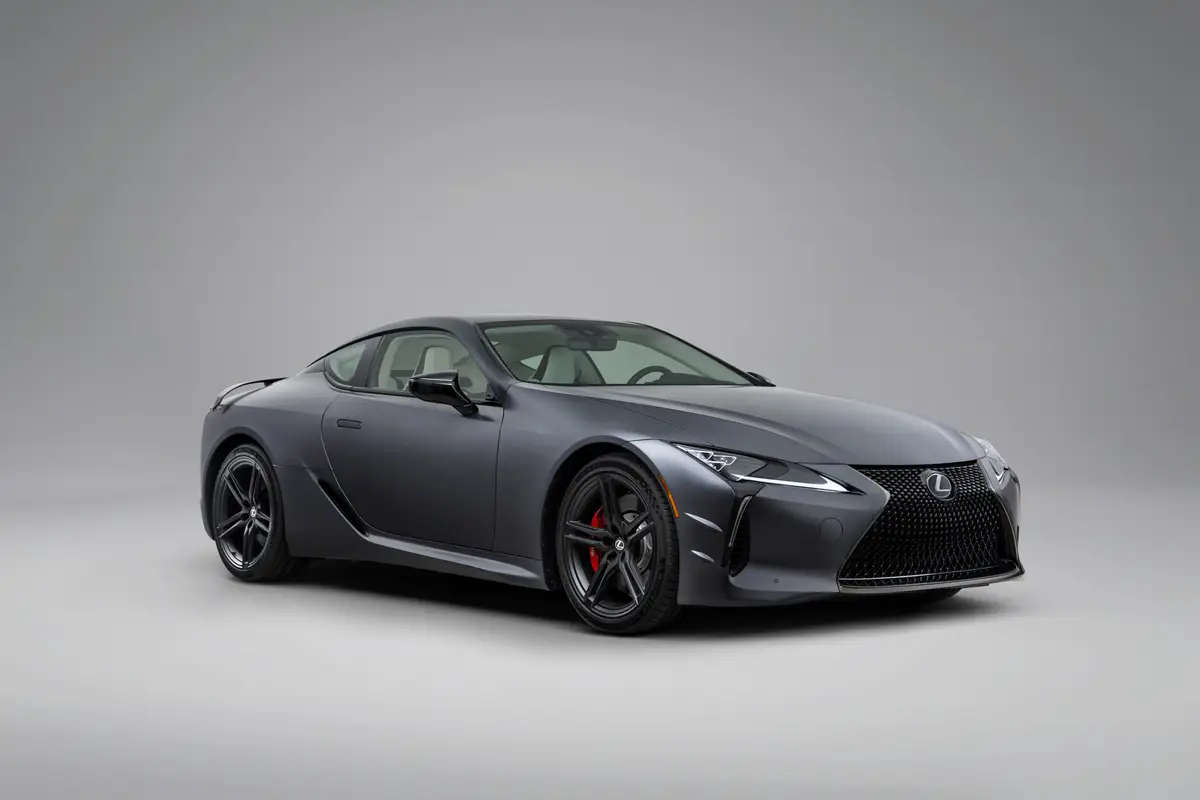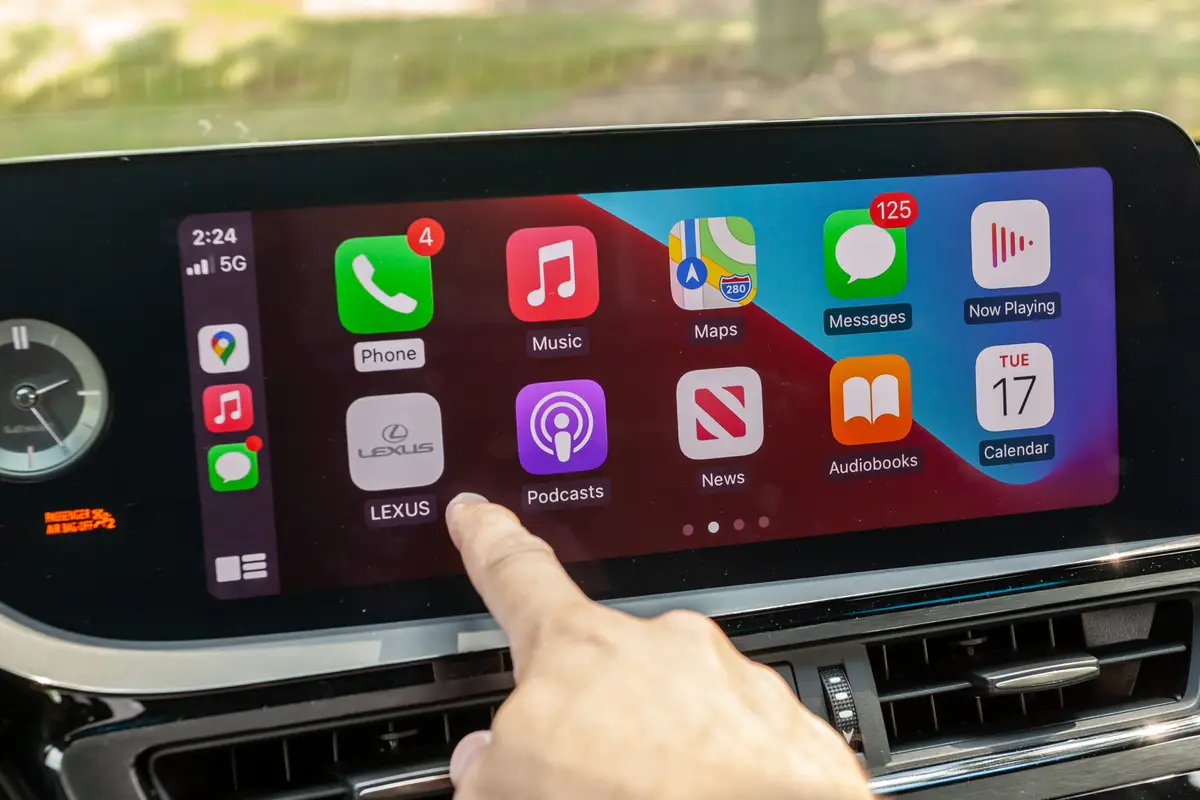washingtonpost.com's view
Jay Spenchian was standing in front of the room talking about “Cadillac’s commitment to leadership.” Spenchian is a product brand manager who is paid to say such things. He needn’t have bothered.
Consumers don’t buy leadership. They buy cars. Preferably, they buy cars that look good, look different, last long, and run well and safely at an affordable price.
Cadillac’s sales problems over the past two decades didn’t stem from a lack of leadership. The luxury division of General Motors Corp. had many highly paid leaders. But until recently, with the introduction of the Cadillac Northstar drivetrain and sedans such as the Cadillac DTS and DHS, those leaders had little to sell.
Now, with the forthcoming 2003 Cadillac CTS sedans, they have much more to offer. They’re in position to watch Cadillac roar back into the marketplace. Heck, they’re going to look like geniuses.
And it’s all because the leaders at GM made one important decision. They decided to let the people who design and make cars design and make cars.
What a concept!
The developments at Cadillac are so stunning, people at BMW, Mercedes-Benz and Lexus should worry.
The CTS runs well, and in many instances it runs away from comparable entry-level luxury models, cars costing from $28,000 to $36,000.
The CTS doesn’t look like any competitor, for one thing. Rival cars have a boring sameness, with minor corporate variations on the theme. Add a kidney-shaped grille to BMW; throw in some curves. Add a three-pointed star and wide-shaped grille to Mercedes-Benz. Throw in some curves. Imitate BMW and Mercedes-Benz styling at Lexus; add a fancy L-shaped logo. Throw in some curves.
There are no curves on the CTS. The car is all angles — dramatic, slashing angles inside in out. At first glance, it looks like a concept car that accidentally made it into production. But by the second and third looks, the design grows on you, becomes lovable. It is wonderfully and consistently different from anything else on the road. People clamored to take a look at the test models I drove here and in the District of Columbia.
But the CTS is more than looks. Cadillac broke GM tradition and took chances with this one. The division chose the best materials for the CTS, the best available components. The car might be built in Lansing, Mich., but its climate-control system comes from Japanese supplier Denso. Its optional five-speed manual transmission comes from Getrag in Germany.
The test car’s 3.2-liter V-6 engine, a substantial remake of the 3-liter V-6 in the predecessor Cadillac Catera, is from GM. Why not? With its mid-1990s Northstar V-8, the company proved it could design and build engines as well as any competitor.
The 3.2-liter V-6 develops 220 horsepower at 6,000 revolutions per minute and 218 pound-feet of torque at 3,400 rpm. When linked with the five-speed manual trans mission, it moves the car from zero to 60 mph in seven seconds. The CTS manual transmission is the first stick shift used by Cadillac in 50 years.
There is some minor downshifting in the linkage with the standard, electronically controlled, five-speed automatic. But this combination is no slouch either. You can still go to jail on a speeding charge.
Back in the bad old days, in the mid-1970s and 1980s when Cadillac was turning out world-class junk, GM decided to make all of its cars front-wheel-drive in the names of fuel economy and production efficiency. This change eventually eased out models such as the rear-drive Chevrolet Caprice, favored by police. It also left Cadillac as an also-ran in the categories of vehicle performance and handling, dominated by BMW.
But with the CTS, rear-wheel drive is back. So are performance and handling, augmented by supreme interior comfort. BMW calls its cars the ultimate driving machines. The CTS, in the entry-le l luxury segment, threatens to turn that slogan into an empty boast.
Can the rest of Cadillac be far behind?
Latest news



